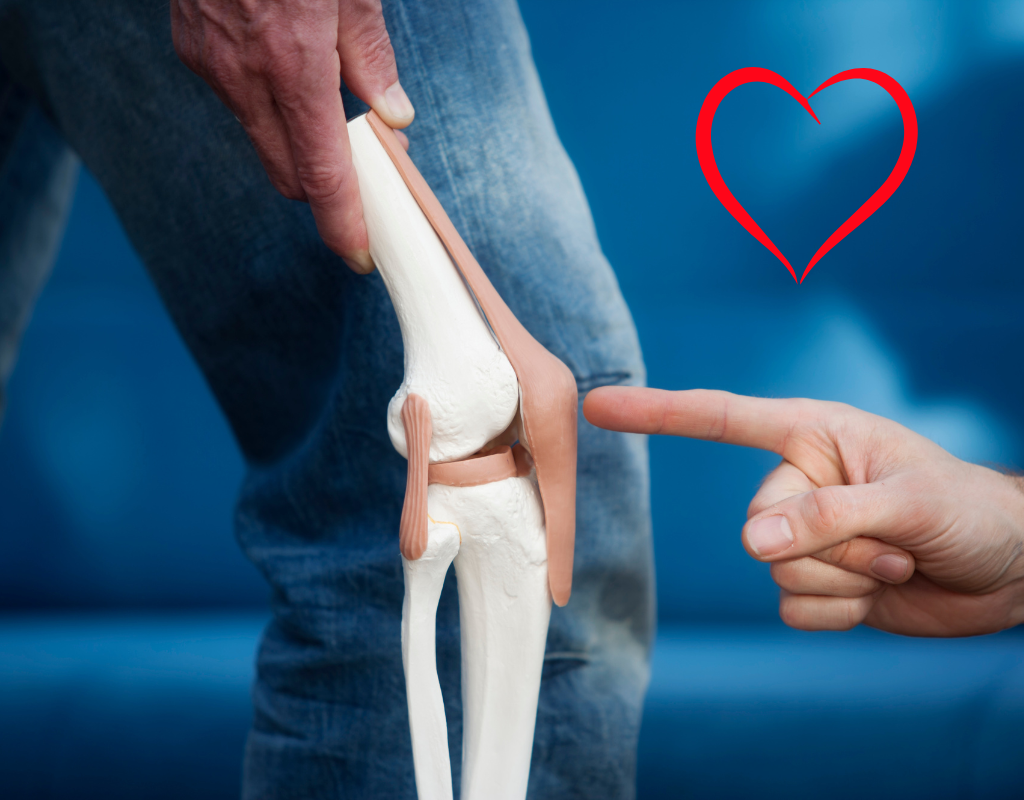
"10 Simple Tips To Ease Knee Pain At Home"
Title

Introduction
The 10 Simple Tips To Ease Knee Pain At Home...
1. Yoga
2. Massage
3. Meditation
4. Weight-Loss
5. Food & Exercise Diary
6. Footwear
7. Strong Bones
8. Vitamins
9. Posture
10. Swimming
Summary
Thank you so much for spending time with our eBook! We truly hope it brings you useful insights and tips for easing knee pain and enhancing your overall health. As a token of our appreciation and commitment to your journey towards better health, we're excited to offer you a special 20% discount on your next purchase. Just use the code EBOOK20 at checkout to enjoy this little perk.
Consider it a small thank you from us to you, for allowing us to be a part of your path to a pain-free life!
Find More Knee-Healing Products Below
BONUS VIDEO
Dr. Berg Talks More About 'The Hidden Causes of Arthritis In Your Knees'

BONUS VIDEO
Dr. Berg Talks More About 'The Hidden Causes of Arthritis In Your Knees'

